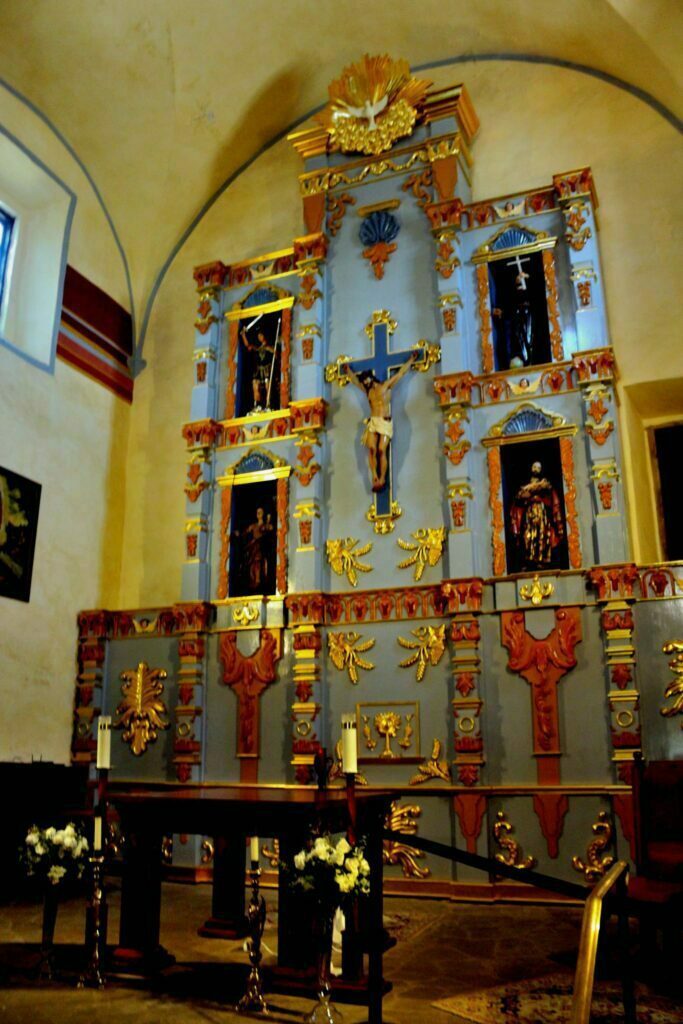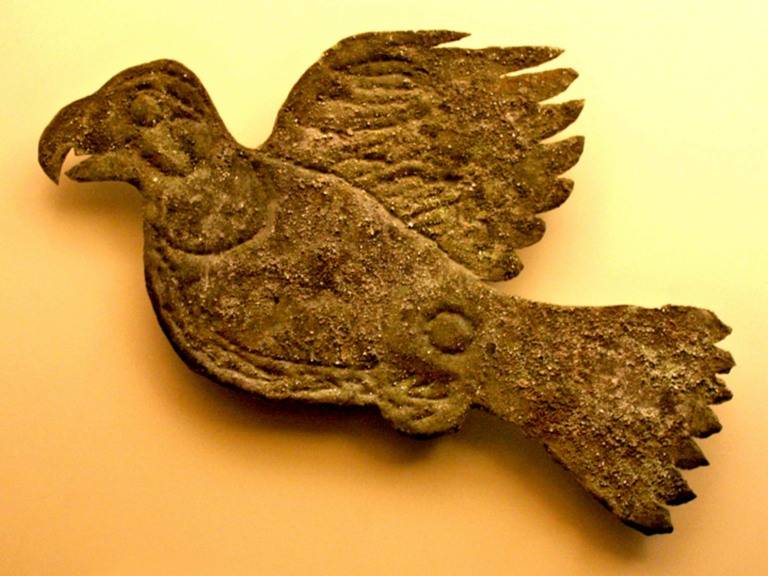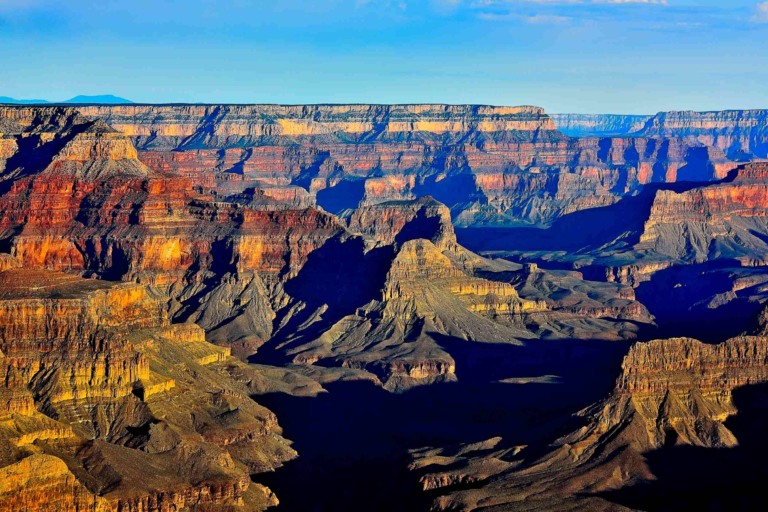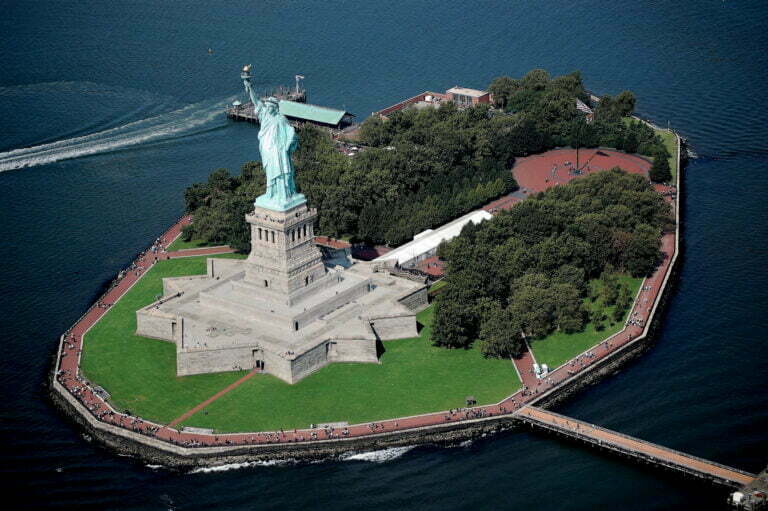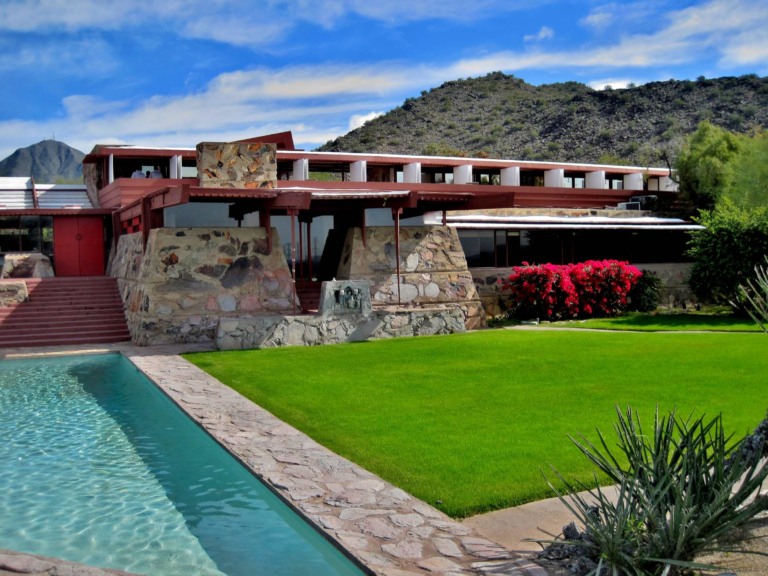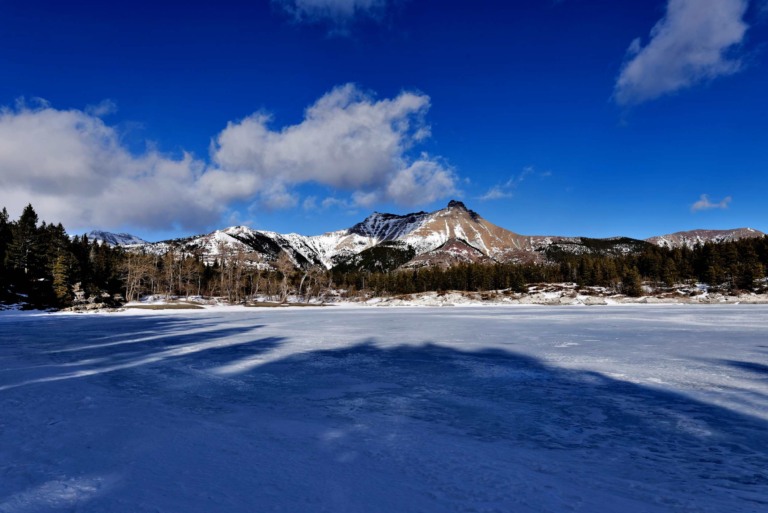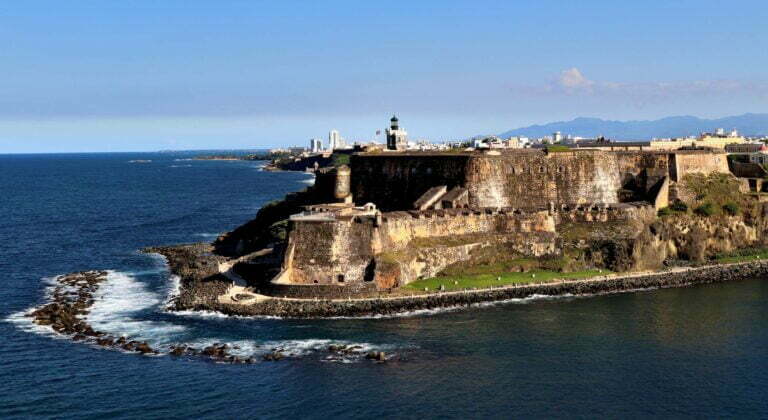San Antonio Missions National Historical Park is a national historical park in San Antonio, Texas, USA. It has been a UNESCO World Heritage Site since 2015. The Missions in San Antonio keep four of the five Spanish missions that were built along the border. These outposts were made by Catholic groups to spread Christianity to the locals.
During the 17th, 18th, and 19th centuries, these missions were part of the Spanish Southwest’s colonial system. The San Antonio Missions show how people lived and thought in the United States for about 300 years. Everyone in the family can have fun at one of the four mission sites in the park.
San Antonio Missions National Park
At Mission Concepcion, Mission San Juan, and Mission Espada in San Jose, you can go back in time without leaving the city. The Catholic churches at all four of the missions in the San Antonio Missions National Historical Park are open to the public.
Church services are held regularly in these old buildings. They are open to park visitors during park hours, except when they are being used for weddings or funerals. I hope this information will help you plan your trip, whether you only want to go to one mission or all four.
San Antonio History Facts
San Antonio is a city in the middle of South Texas. It has deep roots and a strong culture. In the early 1800s, the town along the San Antonio River grew up around the missions. Just 10 minutes south of downtown San Antonio is the San Antonio Missions National Historical Park. Visit San Antonio to learn more about the city and all the fun things there are to do.
San Antonio is an American city in the south-central part of the state of Texas. It is the county seat of Bexar County (1837). It is about 80 miles (130 kilometers) southwest of Austin on the Balcones Escarpment, where the San Antonio River starts.
The metropolitan area includes Alamo Heights, Castle Hills, Converse, Kirby, Leon Valley, Live Oak, Schertz, Terrell Hills, Universal City, and Windcrest. It includes Alamo Heights, Castle Hills, Converse, Kirby, Leon Valley, Live Oak, Schertz, Terrell Hills, Universal City, and Windcrest.
San Antonio Facts
In 1691, Spanish explorers went there for the first time. At the time, it was a Payaya Indian camp. A group of Spanish people from Mexico started building the Mission San Antonio de Valero on May 1, 1718. This is where the city of San Antonio began.
The Alamo, which means “cottonwood” in Spanish, was one of five missions built in the area. It was named after St. Anthony of Padua. On May 5, a military outpost called San Antonio de Béxar was set up nearby. On the west side of the river, this place was a rest stop for people going between the Rio Grande missions and the East Texas missions.
In 1731, people from the Canary Islands started a town called San Fernando de Béxar near the presidio. When the presidio and mission were built, a civilian town was planned for the area. In the colony’s early years, raids by the Apache and Comanche tribes were a big problem. In 1793, the mission stopped being a church and became a military base.
From 1773 to 1824, San Fernando de Béxar was the capital of the province, but after that, it lost a lot of its political power. When it became a county seat for the Republic of Texas in 1837, it was renamed San Antonio.
San Antonio Missions History
When Mexico gained its independence in 1821, there were three Spanish settlements in Texas: San Antonio, Goliad, and Nacogdoches. Stephen Austin went to the city, which was the seat of the Spanish government in Texas at the time, in the summer of that year to carry out his father’s plan to let 300 American families move to the area.
In December 1835, at the start of the Texas Revolution, Texan forces took over the Alamo. They stayed there until March 1836, when, after a 13-day siege, Mexican troops led by Gen. Antonio López de Santa Anna killed them. In April, when Texas gained its independence, the presidio was taken out of use.
In 1836, there were still more people living in San Antonio than in any other city in Texas. After it got its independence, it grew quickly because a lot of people from Germany moved there. In the late 1800s, San Antonio was a major cattle center because it was where the Chisholm Trail began. There, herds were brought together before being driven overland to railheads in Kansas.
The city became the center of business in the Southwest very quickly. The first train came in 1877, with people from the American South. After the Mexican Revolution started in 1910, people from Mexico came to the area. During World Wars I and II, San Antonio was a big military hub, and the military continued to be a big part of the city’s economy for decades afterward.
In 1968, to celebrate the city’s 250th birthday and its cultural ties to Latin America, HemisFair, a world’s fair, was held there. Henry Cisneros was elected as the city’s first Hispanic mayor since the mid-1800s. He was in office from 1981 to 1989. Ed Garza was elected mayor in 2001 and served until 2005. He was the city’s second Hispanic mayor in the modern era.
San Antonio Missions Trail
There are four goals for the National Park. Missions include Concepción, San José, Mission San Juan, and Mission Espada, going from north to south. There are about 2.5 miles between each mission. It is easy to get from one mission to the next, and there is plenty of free parking at each location. The southernmost mission is Mission Espada.
It is about 6.5 miles from the northernmost mission, Mission Concepción. On a regular day, from the most northern mission in the park to the most southern mission, it takes about 15 minutes to drive. Each mission is close to the San Antonio River, and Mission Road and Mission Parkway connect them all.
San Antonio Missions Tour
A 10-mile trail that goes north to the Alamo and south to Medina Lake connects all four missions. The Mission Reach Hike & Bike Trail is a path along the San Antonio River that is only for people to walk on. People on foot and on bikes use the trail. At each mission site, there is a B-Cycle station where you can rent a bike for 24 hours. If you rent a B-cycle, you need to remember to dock it every 60 minutes or you will be charged extra.
Make sure you have enough snacks and water if you are going hiking. Summers in San Antonio can be very hot, and the Hike & Bike Trail doesn’t have much shade, so bring a lot of water. In the San Antonio Missions National Historical Park, you can visit any of the four missions for free.
Park hours: The park is open every day from 9 a.m. to 5 p.m. The park is closed on Thanksgiving, Christmas Day, and New Year’s Day (not the nights before or after). The facilities at each mission are open at different times, so check the official website of the US government before planning a trip.
- Administrative Headquarters: 2202 Roosevelt Avenue, San Antonio, Texas 78210. Four Mission Addresses:
- Concepción Mission: 807 Mission Road, San Antonio, Texas 78210
- San José Mission: 6701 San Jose Drive, San Antonio, TX 78214
- Mission San Juan: 9101 Graf Road, San Antonio, Texas 78214
- Mission Espada: 10040 Espada Road, San Antonio, Texas 78214
San Antonio Missions National Historical Park Quarter
The San Antonio Missions were one of the largest groups of Spanish missions in North America. They were started in the 1700s and helped build the city of San Antonio, Texas. The missions got water from aqueducts and irrigation canals (acequias), which kept farming and herding going. The tools, carpentry, looms, spinning, and masonry skills that the missions taught helped the communities become self-sufficient.
2019 San Antonio Missions Quarter
To show respect for the missions, this design uses elements from the Spanish Colonial Real money. Wheat stands for farming, the arches and bell for community, a lion for Spanish cultural history, and a symbol of the San Antonio River for irrigation methods and resources that keep people alive.
The West Point Mint only made 2 million of these San Antonio Missions Park Quarters, and many of them are now in use all over the country. The Federal Reserve gave these coins to banks, which will use them for business. This will make it harder to get as many coins as possible.

